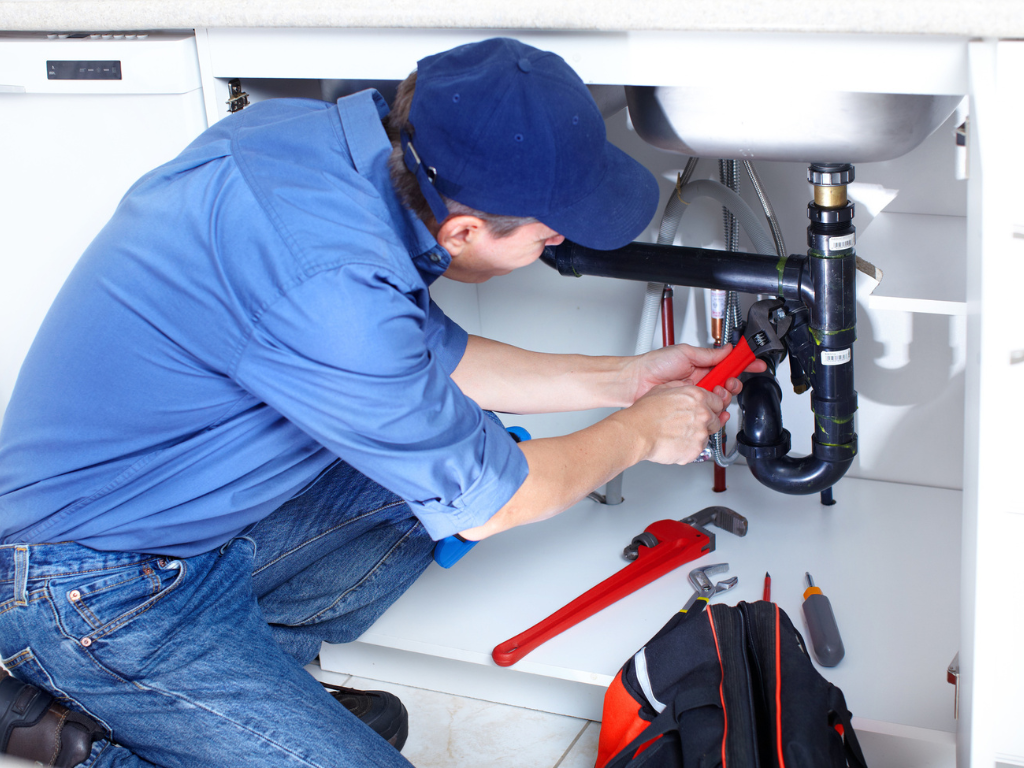3384 Insights
Your go-to source for trending news and information.
Don't Let a Drip Drive You Crazy: Quick Fixes for Common Plumbing Woes
Say goodbye to plumbing headaches! Discover quick fixes for common issues and keep your home stress-free. Don't let a drip drive you crazy!
5 Simple Steps to Stop a Faucet from Dripping
Dealing with a dripping faucet can be both annoying and wasteful. Fortunately, you can tackle this problem with 5 simple steps. First, you need to identify the type of faucet you have, whether it's a compression, cartridge, ball, or ceramic disc faucet. Each type has its own mechanism and may require different tools and parts for repair. Once you've determined the faucet type, turn off the water supply to prevent any accidents and ensure a smoother repair process.
Next, gather the tools you'll need, which typically include a screwdriver, adjustable wrench, and replacement parts like O-rings or cartridges, depending on the faucet type. Step 3 involves disassembling the faucet carefully. Make sure to take notes or pictures of each step to aid in reassembly. After removing the faucet handle, inspect the parts for wear and replace any damaged components. Finally, reassemble the faucet, turn the water supply back on, and check for any remaining leaks. Following these 5 simple steps can save you water and money in the long run!

How to Unclog Your Sink Without Calling a Plumber
Unclogging your sink can be a straightforward task if you know the right techniques. Start by removing any visible debris and buildup from the sink drain. Using a plunger is often the most effective first step. Cover the overflow drain with a wet cloth to create a tighter seal, and then plunge vigorously for 15-20 seconds. If this doesn’t work, you can try using a mixture of baking soda and vinegar. Pour about half a cup of baking soda down the drain, followed by a cup of vinegar. Let this mixture fizz for about 30 minutes before rinsing with hot water.
If the clog persists, using a drain snake can be a useful next step. Insert the snake into the drain until you feel resistance. Twist and push gently until you can pull back any clogs. Another effective option is to disassemble the P-trap underneath the sink. Place a bucket underneath to catch any water, unscrew the trap, and clean out any blockages by hand. Reassemble the parts, and run hot water to ensure the flow is restored.
What Should You Do When Your Toilet Keeps Running?
If you find that your toilet keeps running, it can be both annoying and a waste of water. The first step is to identify the cause of the issue. Common reasons include a faulty flapper valve, a faulty fill valve, or an improper float setting. To start troubleshooting, remove the tank lid and check the flapper; if it's worn out or not sealing properly, replacing it may resolve the issue. Ensure the float is positioned correctly, as misalignment can hinder the toilet's ability to shut off properly.
In case these initial checks don’t solve the problem, you may need to delve deeper into the toilet mechanism. Start by turning off the water supply and draining the tank. Inspect the fill valve for any sediment buildup and clean or replace it if necessary. If the toilet continues to run after these adjustments, it might be a good idea to consult a plumbing expert; persistent running could lead to higher water bills and indicate a more significant underlying problem.